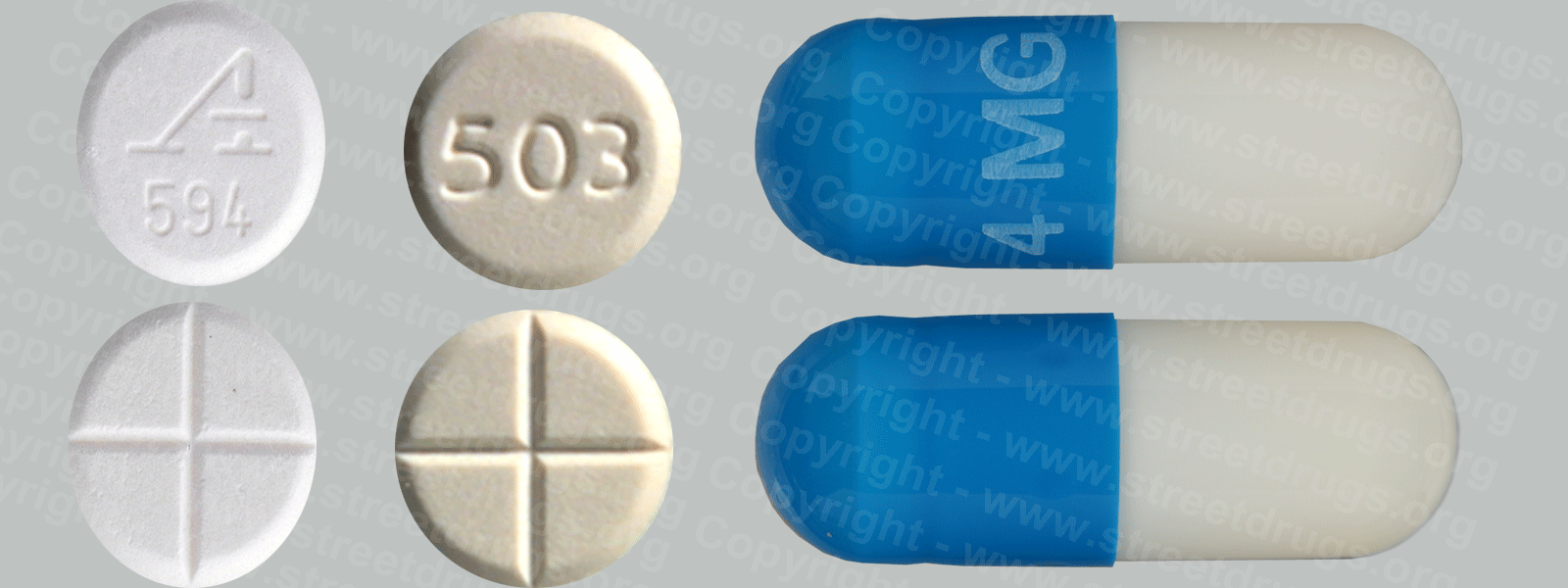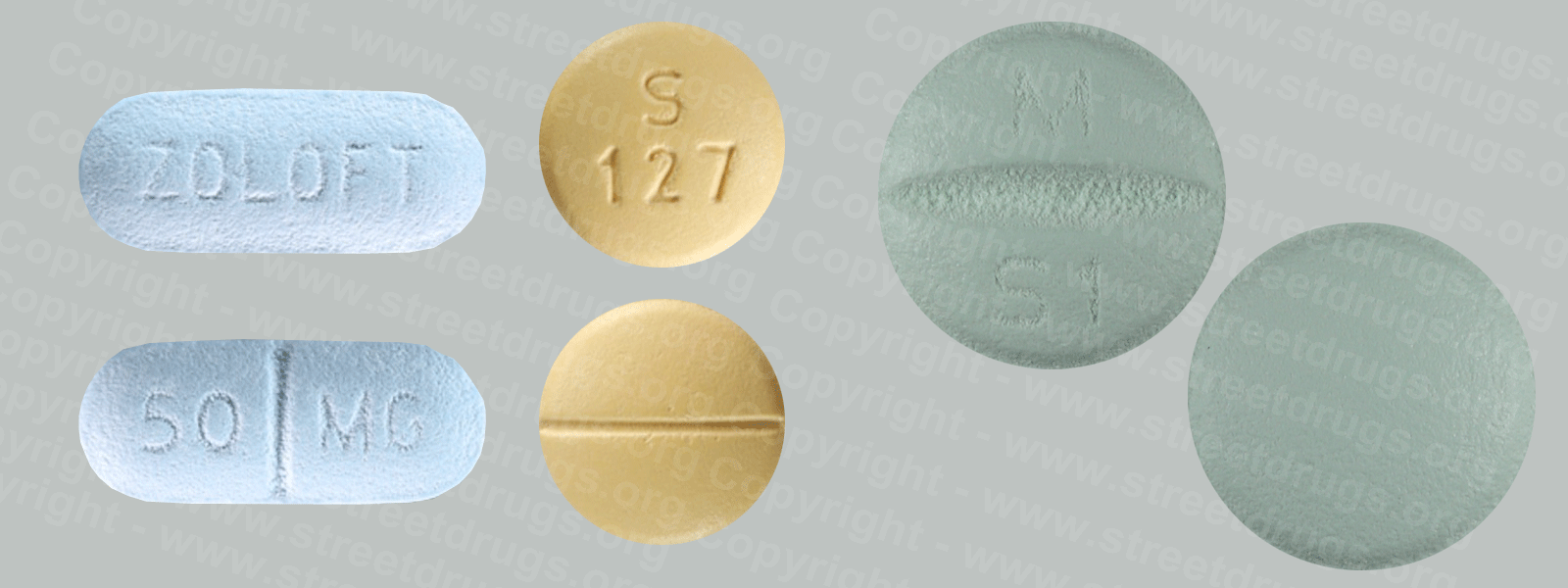DOB
DOM, DOB, STP, 2C-B, 2C-E, 2C-1
DOM, DOB, STP, 2C-b, 2C-e, 2C-i, MDA Many chemical variations of mescaline and amphetamine (Dom-Dob-STP-2c-b-mda) have been synthesized for their “feel good” effects. MDMA (Ecstasy) is the most popular and widely abused variation used today. DOM, DOB, STP, 2C-b, 2C-e, 2C-i, MDA DOM (4-Methyl-2,5-dimethoxyamphetamine) was introduced to the San Francisco drug scene in the late 1960’s…
Hallucinogens, DOM, DOB, STP, 2C-b, 2C-e, 2C-i, MDA, are found in plants and fungi or are synthetically Hallucinogens and are among the oldest known group of drugs used produced and are among the oldest known group of drugs used for their ability to alter human perception and mood.
Throughout the drug discovery process, pharmaceutical companies, academic institutions, research institutions, and other organizations publish their studies in scientific journals, books, and patents. This information exchange, which is essential to the legitimate scientific enterprise, can be, and is, used by clandestine chemists who duplicate the technical sophistication used by the research community to manufacture and market a seemingly endless variety of analogs of so-called designer drugs.
The term “designer drug” is a colloquial term that references substances with properties and effects similar to those of stimulant, depressant, hallucinogenic or narcotic drugs but that are chemically modified to evade control as an illicit drug. Although news reports tend to portray the appearance of these substances as a new trend, designer drugs have been in the illicit marketplace for decades. The distinction of today’s designer drugs is the substantial volume and endless variety of designer drugs easily available to the public and the organized, extensive distribution networks utilized by designer drug traffickers.
Since the 1970s, domestic clandestine chemists have attempted to manipulate the molecular structures of controlled substances to create synthetic drugs that would have the same pharmacologic properties of a controlled drug, but not expose the chemist or distributor to criminal violations under the Federal Controlled Substances Act (CSA) or similar state statutes. Since these drugs are created in a clandestine laboratory, no manufacturing standards or safety and efficacy studies, such as those required by the Food and Drug Administration (FDA) with respect to pharmaceutical drugs, ensure the safety of the products ingested. Designer drugs were distinguished from traditional illicit drugs of abuse due to the lack of history and appreciation for the short and long-term health effects of use. Historically, the introduction of “designer drugs,” Dom-Dob-STP-2c-b-mda, into the marketplace was generally similar to that of illicit controlled substances: covert meetings and sales on street corners, back alleys, and in dark clubs. During this time period, the infusion of these drugs into the illicit marketplace wreaked havoc in certain areas of the country.
In the 1970s and 1980s, clandestine chemists introduced synthetic alternatives to the Schedule II drug fentanyl into the illicit marketplace. These drugs were distributed to heroin abusers who were unaware that the drug they were purchasing was 100 to 500 times more potent than morphine. Drug abusers were the unknowing test subjects used to determine the viability of the substances as a replacement for controlled narcotics. This uncontrolled experimentation resulted in overdose deaths in concentrated areas of the country with law enforcement authorities scrambling to identify the drug and locate the clandestine laboratories and chemists that produced the substances. In some instances, it wasn’t the strength of the drug, but its toxic contaminants that ultimately harmed the users. For example, a domestic chemist was attempting to manufacture MPPP, a synthetic alternative to the Schedule II drug meperidine (Demerol®). During the manufacturing process, the chemist manufactured MPPP that was contaminated with MPTP, a neurotoxin that caused end-stage Parkinson’s symptoms (involuntary motor movement) in the user. Again, the clandestine chemist was using illicit drug users as subjects for his own personal laboratory experiment, with tragic results. At the time, these synthesized drugs were not controlled substances under the CSA and therefore there was little, if any, criminal exposure and little incentive to stop manufacturing and producing the drugs. The possibility of synthesizing a non-controlled substance that could produce millions of dollars in income was too enticing to stop experimenting on a readily-available number of test subjects.




